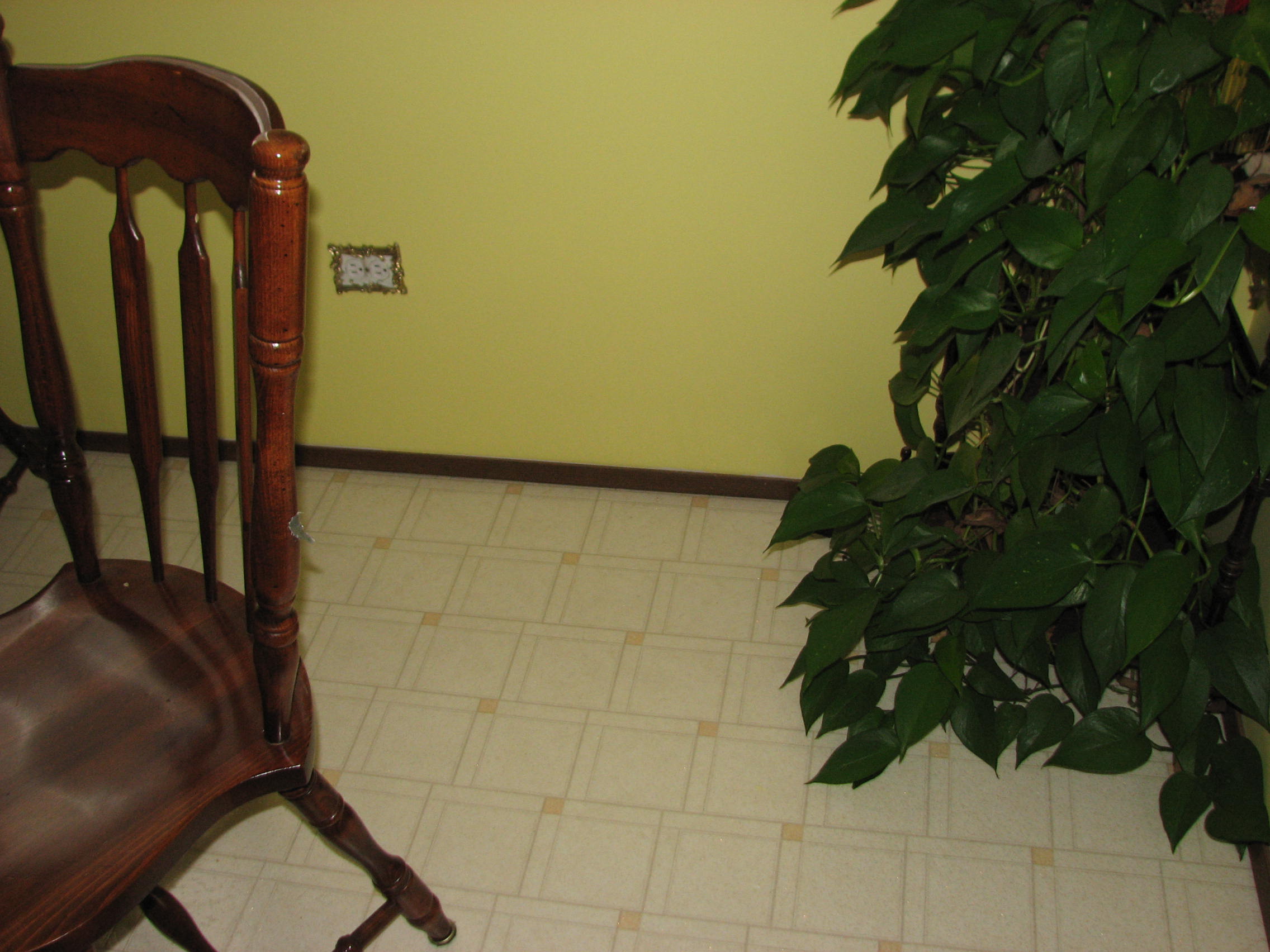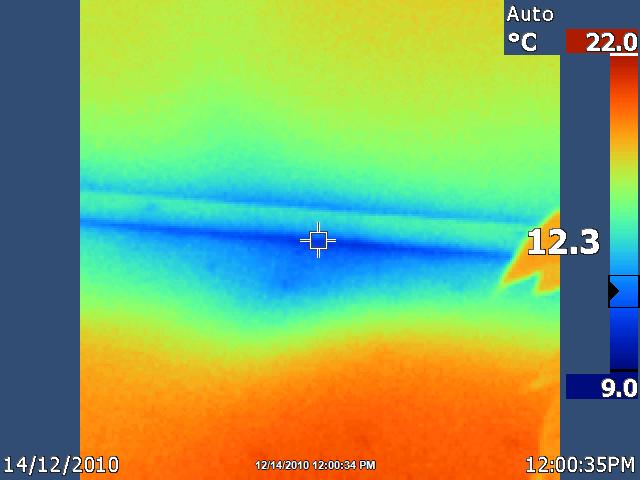Typically insulation has been measured in R-VALUE over the years. While this gives us some sense of how well the product works there are other things that we should look at to determine which product is best to use. There are factors to consider such as water resistance in the event of a flood, insulating value if the insulation gets wet and the cost of application to name a few. This post is not inclusive and much of the facts are taken from brochures and Internet information I have come across as well as from my inspection training and personal experience with the various products.
We will look at three different insulating products and their ability to resist heat transfer or their overall insulating ability. The three products we will look at will be conventional fiberglass or pink insulation, Ruxol a stone made product http://www.roxul.com/home and spray foam. First of all as I mentioned above the standard of measuring a products ability to stop heat from escaping from your home has been R-value. R-value measures an insulation’s ability to resist the flow of energy through solid molecules. An example of this would be wood has an R-value of about R-1.0 per inch while pink insulation has about R – 3.5 per inch and Roxul claims to be about R-4 per inch as well as other benefits over fiberglass. The problem with measuring insulation in R-value is that only about 20% of heat loss is due to energy transfer through solid molecule transfer. We have learned that most heat or energy transfer takes place through convection and radiation.
The newest product on the market is known generally as closed cell spray foam. This product is approximately R- 7 per inch but is only sprayed to a depth of 3.5″. Conventional thinking has taught us that the thicker the insulation the better the R-value. The testing on spray foam has proven that it is most effective at 3.5″ or about R-24 or so. At this point most people say, “well I can get R-20 to R-40 with conventional insulation for less money so why bother to go to the expense of spray foam?”. The answer lies in the ability of the foam to block heat loss due to convection and radiation. 1/4″ of spray foam is said to block about 99% of heat loss due to convection and 3″ of spray foam will block about 95% of heat loss due to conduction.
The secret to the success of spray foam is its closed cell. If applied properly (with the correct temperature, pressure and product make-up)these tiny cells contain a small amount of inert gas that will not easily allow air or radiant energy to flow through. As with most products, improper application can lead to a less effective insulation so if you decide to have this product installed be sure to get the installers credentials such as Canadian Urethane Foam Contractors Association (CUFCA).
I will look at the advantages and disadvantages of each type of insulation in another blog. For more info feel free to contact us.



Recent Comments